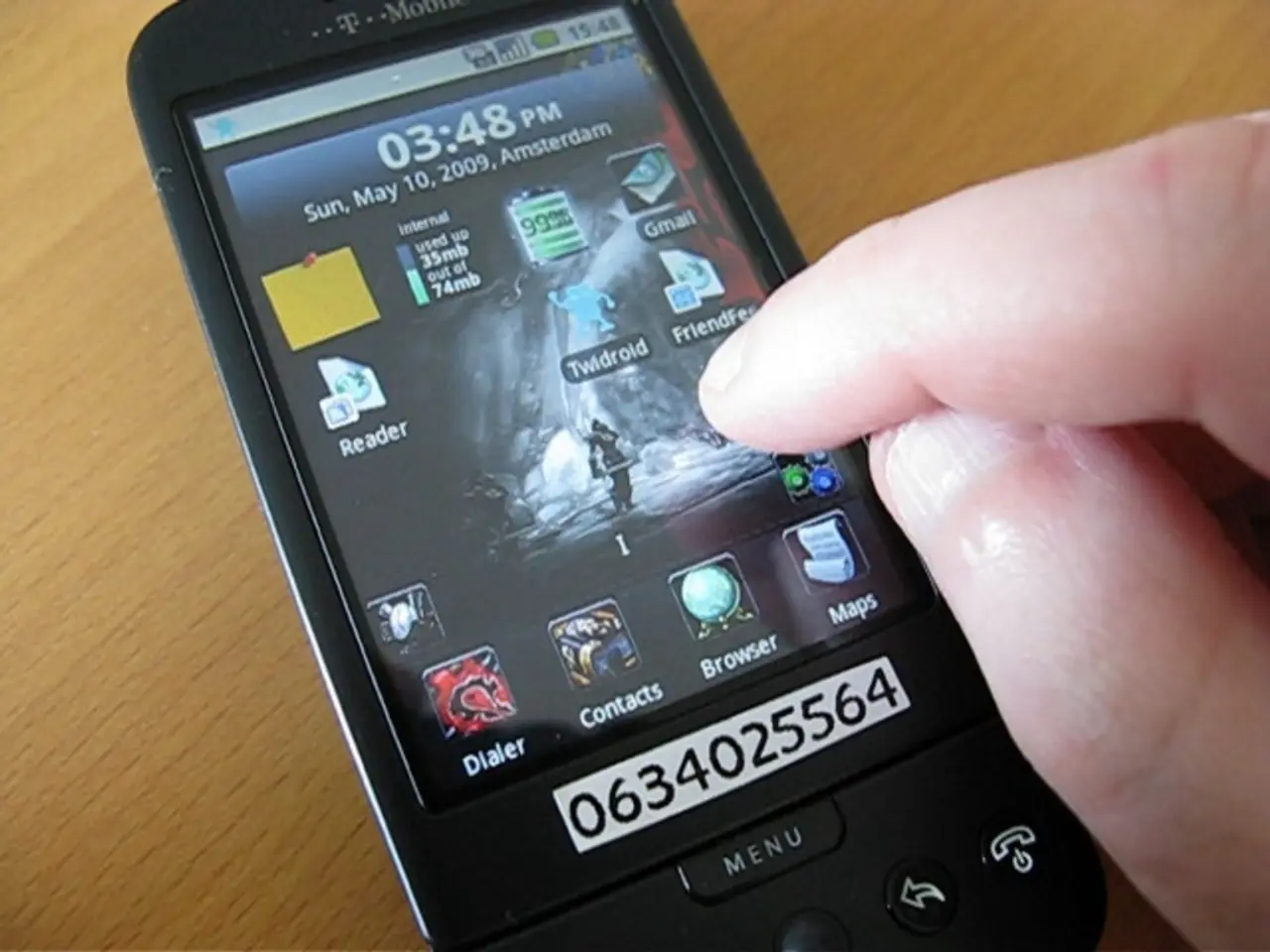User Engagement and Alerts System in Mobile User Interface Design
Designing Effective Feedback and Notification Systems for Mobile Apps
In the rapidly evolving world of mobile apps, providing users with a seamless and engaging experience is paramount. One crucial aspect of this is the design of feedback and notification systems. Here are some key principles to follow for an optimal mobile app experience.
Personalize and Control Notification Settings Early
During the onboarding process, users should be given the opportunity to choose their notification preferences, such as frequency and timing. This empowers them to customize their experience and avoid notification fatigue. Users should also be able to snooze or pause notifications during high-demand periods or personal events to prevent disengagement due to overwhelming alerts.
Use Appropriate Notification Channels and Urgency Levels
Notifications should be differentiated based on urgency. For less urgent messages, consider switching to daily email summaries or other less disruptive media to balance engagement without annoyance.
Collect and Act on User Feedback Seamlessly
Embedding feedback mechanisms like feedback widgets, short in-app surveys, and intuitive methods such as "shake-to-send" feedback, encourages users to share their thoughts easily. AI chatbots can be used for interactive feedback collection, and public ratings and reviews can help build community trust and gather diverse input.
Close the Feedback Loop Transparently
After gathering feedback, it's essential to communicate how this input has led to improvements. This can be done via release notes, in-app notifications, or updates. Following up with surveys to evaluate the effectiveness of changes and actively engaging with users, particularly in public forums, reinforces that their opinions matter and drives ongoing engagement.
Segment Users for Relevant Content Delivery
Tailoring notifications and content based on user demographics, interests, or usage patterns ensures messages are relevant and valuable, enhancing user satisfaction and retention.
Seek Permission and Build Trust
Before requesting push notification consent, explain the types of notifications users will receive and their benefits. This helps users make informed decisions and boosts opt-in rates.
Adding Value and Connecting Feedback to User Motivation
Notifications and alerts should add genuine value to the user experience and include valuable data. Feedback within mobile designs should be connected to the user's motivation for interaction. Don't be afraid to use feedback and multiple notifications when a critical decision is being made.
Avoid Overuse and Underuse
Overuse of feedback and notifications should be avoided in the mobile experience, but underuse should also be avoided. Finding the right balance for the user base is crucial, and user testing can help achieve this.
Exploring Feedback in Mobile UX
Loren Baxter delves into the connection between feedback and users at Smashing Magazine, while M-Way Solutions examine the implementation of mobile feedback systems on their blog. These resources offer valuable insights into the world of mobile app design and user experience.
In the design of feedback and notification systems for mobile apps, it is essential to consider user experience by personalizing and controlling notification settings, using appropriate notification channels, collecting and acting on user feedback seamlessly, and closing the feedback loop transparently. Furthermore, ui design plays a crucial role in elevating the value provided by notifications and alerts, ensuring they are connected to the user's motivation for interaction, and avoiding both overuse and underuse to maintain balance.




